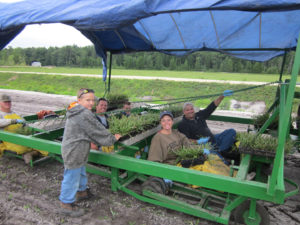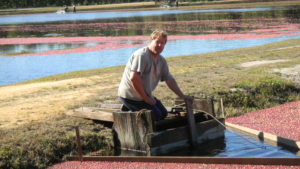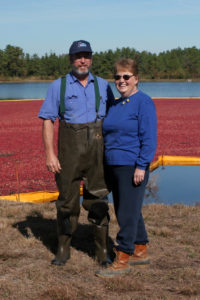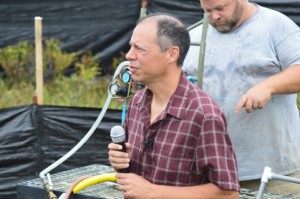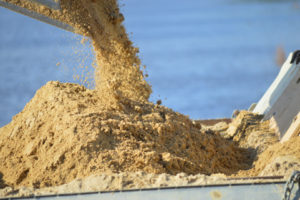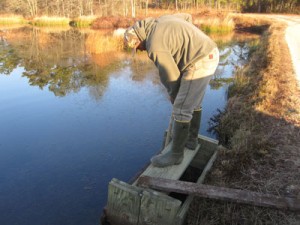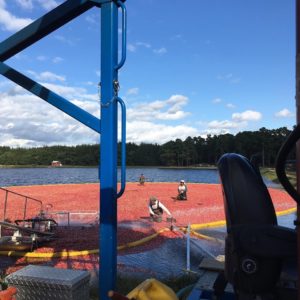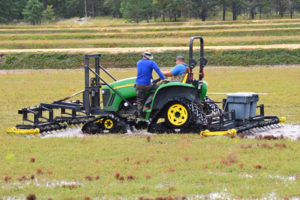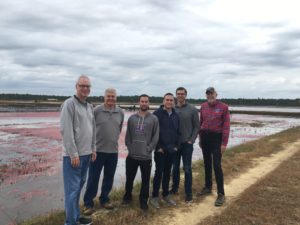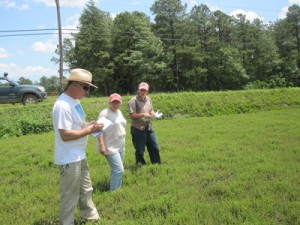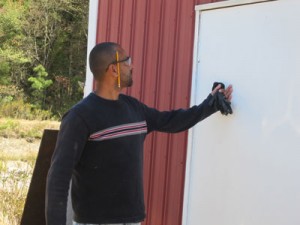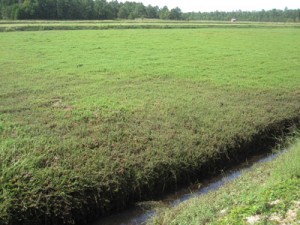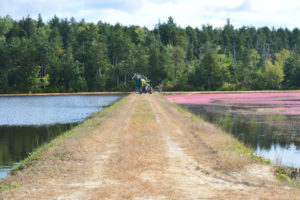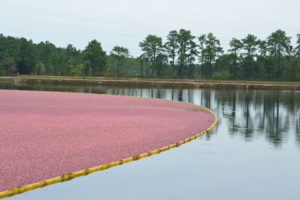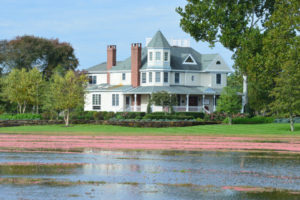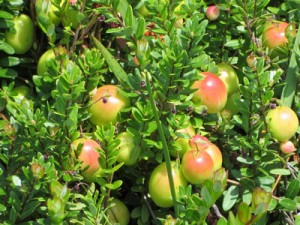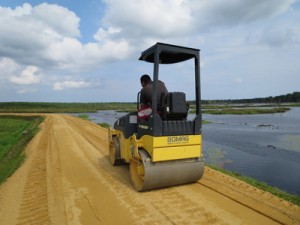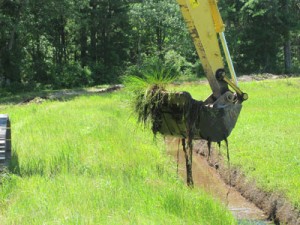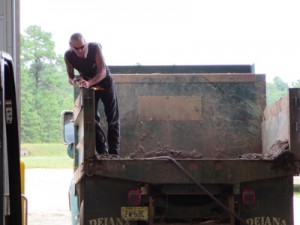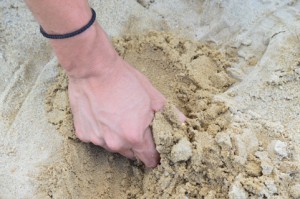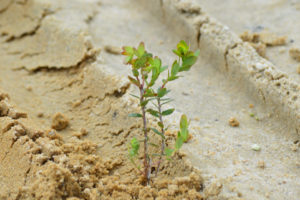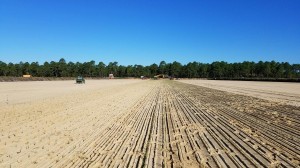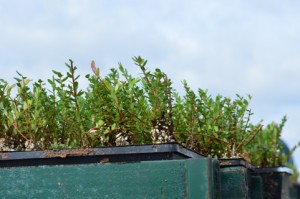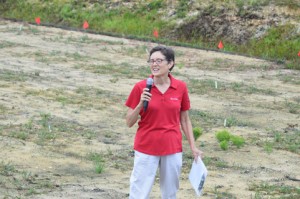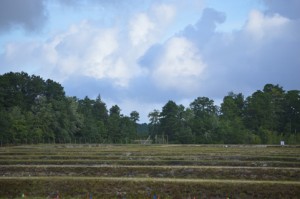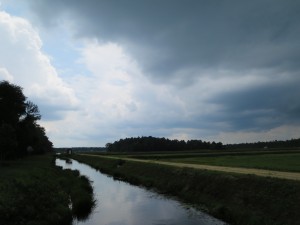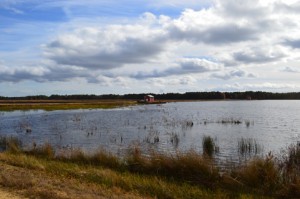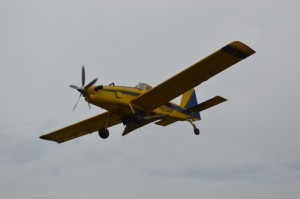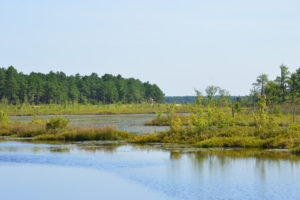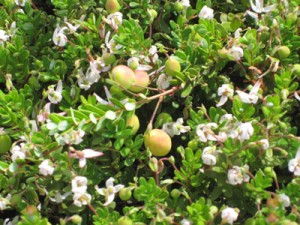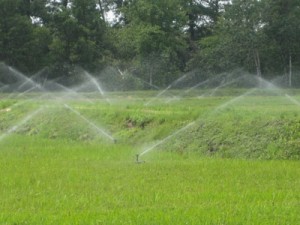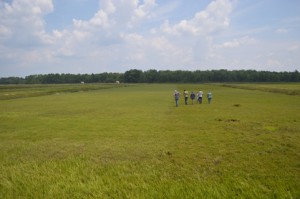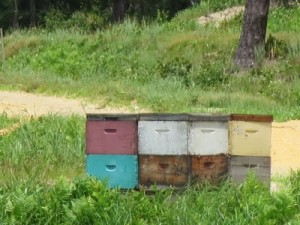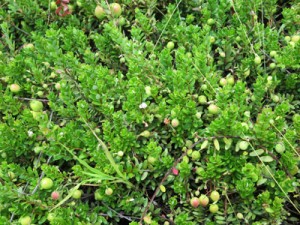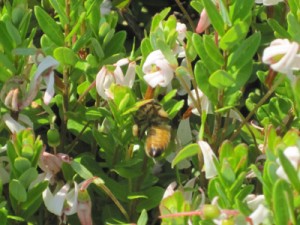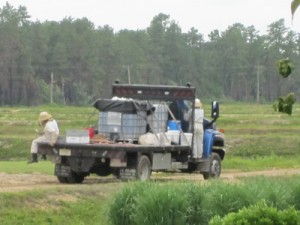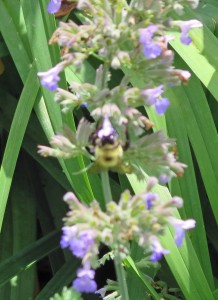Eight years ago today, Pine Island Cranberry launched this website and started a weekly blog about the ins and outs of the New Jersey cranberry harvest, and it’s been another busy year!
Not long after our last blog anniversary post, there was a fire in the area that you might have heard about. The local community, of course, turned out in force, as they always do. We remain proud of our team and our neighbors!
Speaking of neighbors, we also launched a new occasional feature where you can meet some of our fellow New Jersey growers! So far we’ve profiled our immediate neighbors in the north (the Lees) and the south (the Sooys, and most recently, had a chance to speak with the Cutts family! This feature is now second only to harvest as a reader (and blogger) favorite, and you can look forward to more in the coming year.
The ACGA also continues to be a source of information and community for New Jersey growers as well; our team members attended meetings (along with researchers from the Marucci Center at Rutgers) in both winter and summer, as usual. In addition, this year it was Pine Island’s turn to host the annual twilight meeting.
In farming, you do what you have to do when you have to do it, and our team continued to make sure that all necessary task were completed as necssary, from prescribed burning to this year’s bog renovation plan. Winter work like sanding, installing swan string, and putting on the winter flood went smoothly, though a bit warmer than they’d like. Last spring and summer they handled taking off the water, frost, and planting, and bees, as well as getting our usual visits from Dr. Joan Davenport and taking her suggestions for plant nutrition. They also spent a considerable amount of time getting everything ready for our biggest season of all.
The annual harvest is everyone’s favorite time of year, from start to finish. Our team did some experimenting with picking methods,a nd had to make some temperature based changes. And of course, we were able to show around some supermarket buyers on the annual Ocean Spray Bog to Bottle tour!
There were also some changes at Ocean Spray that will have a big effect for New Jersey: Dan Schiffhauer retired! Fortunately, he was able to help choose his successor, and our team was very pleased to welcome Lindsay Wells-Hansen back to the area and are looking forward to getting her input during the growing season.
The Pine Island team hit some personal milestones since last March! Jorge Morales retired, while Wilfredo Pagan and Emmanuel Colon had significant work anniversaries. Our team has also gone out into the community with a presentation at Lakeside Garden Club, welcomed back Moorestown Friends for another visit, and even saw former CFO Holly Haines receive some service recognition.
Our team also continued to be good sports about the annual Thanksgiving post. (Thank you all.)
We also managed to have a little fun this year. Another new occasional feature is an addition to our Pine Island history tag: some backstory to some of our more colorful bog names!
Last but not least, Pine Island (and the NJ cranberry industry) appeared in several media articles toward the end of the year. Of course, there were some lovely photos by the Burlington County Times, and a fun feature about the weather from Joe Martucci of the Press of Atlantic City. Many of our friends and neighbors were interviewed for a piece that appeared on The Pulse. And best of all, a local fourth grade class is trying to make cranberry juice the New Jersey state beverage!
It’s been an eventful year for Pine Island Cranberry! And we’re going to keep doing what we need to do, now and in the future, to keep bringing you the high quality fruit that our industry – and New Jersey – is known for.


